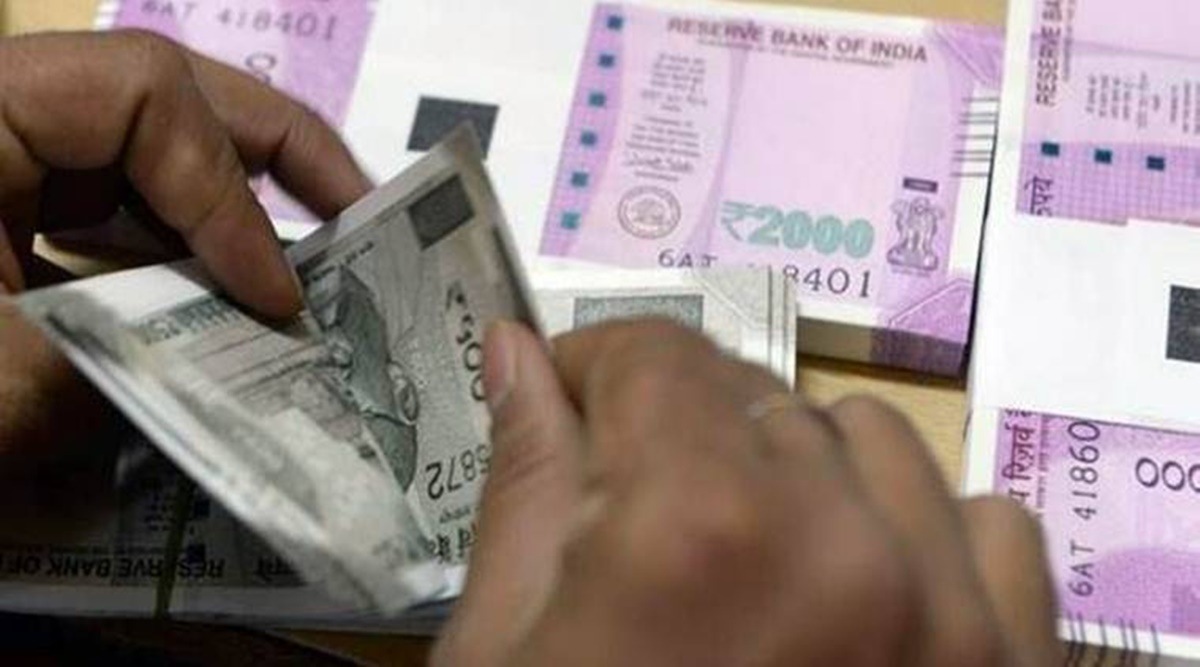 The estimated resource flows from these channels are then reduced by their off-budget debt which is to be adjusted in 2022-23, and the projected revenue deficit for the year.
The estimated resource flows from these channels are then reduced by their off-budget debt which is to be adjusted in 2022-23, and the projected revenue deficit for the year. From a fiscal point of view, state governments are in a strong position to emerge as key drivers of economic growth this year. But while the availability of funds doesn’t appear to be a constraint, surprisingly, actual spending by states so far has been rather muted. Their ability to ramp up capital expenditure during the remainder of the year, and take advantage of the fiscal space that we believe they have, will be a key determinant of the aggregate fiscal impulse to the economy. This analysis is based on 13 major state governments — Andhra Pradesh, Gujarat, Haryana, Karnataka, Kerala, Madhya Pradesh, Maharashtra, Punjab, Rajasthan, Tamil Nadu, Telangana, Uttar Pradesh and West Bengal — that account for 85 per cent of India’s GDP.
These 13 states had pegged their capital spending at Rs 5.8 trillion in 2022-23, a sharp uptick from the actual spending of Rs 4.1 trillion in 2021-22. Our estimates, however, suggest that these states actually have the fiscal space to ramp up capital spending significantly — roughly Rs 7.4 trillion this year — which would rival the central government’s budgeted capital expenditure for the year.
In order to estimate the capital outlay and net lending of these states, we have first calculated the resources that are likely to be available to them for funding their fiscal deficit. This includes the unconditional market borrowings of 3.5 per cent of their gross state domestic product (GSDP), the additional borrowing linked to the completion of power sector reforms (0.5 per cent of GSDP) and the interest-free capex loan provided by the Centre. The latter was first launched by the Centre in October 2020-21 as part of the measures to support economic activity, but the government had stepped up allocation towards this scheme in 2022-23 to Rs 1 trillion from around Rs 150 billion in the previous two years. This amount is being given to states as an interest-free loan for 50 years, and is over and above their normal borrowing ceiling.
The estimated resource flows from these channels are then reduced by their off-budget debt which is to be adjusted in 2022-23, and the projected revenue deficit for the year.
The off-budget borrowings by states refer to loans taken by its entities, special purpose vehicles, etc., which are expected to be serviced through the state government’s own budget, instead of the cash flows or revenues generated by the borrowing entity. The Union government has recently clarified that henceforth, off-budget borrowings would be considered as borrowing of the state government and would be subject to the provisions of Article 293(3) of the Constitution of India. The Centre would be adjusting the incremental off-budget borrowings raised by the state governments in 2021-22 from their net borrowing ceiling over a one to four-year period, beginning in 2022-23 and ending in 2025-26.
Alongside, ICRA estimates the combined revenue deficit of these states at Rs 2.1 trillion, higher than what has been budgeted for. While tax devolution as well as GST compensation grants are likely to exceed the amount budgeted by the states this year, this will not fully offset the estimated shortfall in other revenues and the projected higher-than-budgeted revenue expenditure in this year.
Based on this, we assess that the states of Andhra Pradesh, Gujarat, Karnataka, Madhya Pradesh, Maharashtra, Tamil Nadu, Uttar Pradesh, and West Bengal will have adequate resources to fully fund and/or exceed their budgeted capex this year. For others, however, that may not be the case. Regardless, actual capital spending by these states in the first few months of the year has been rather disappointing. We thus remain circumspect about whether their capex will exceed the budgeted level, despite ample fiscal space to do so.
With the global economic environment taking a turn for the worse, demand slowing down in advanced economies and continued aggressive monetary tightening by central banks, how effectively states ramp up their spending will have a critical bearing on the pace the Indian economy grows at in the second half of the year.
The writer is Chief Economist, ICRA Limited